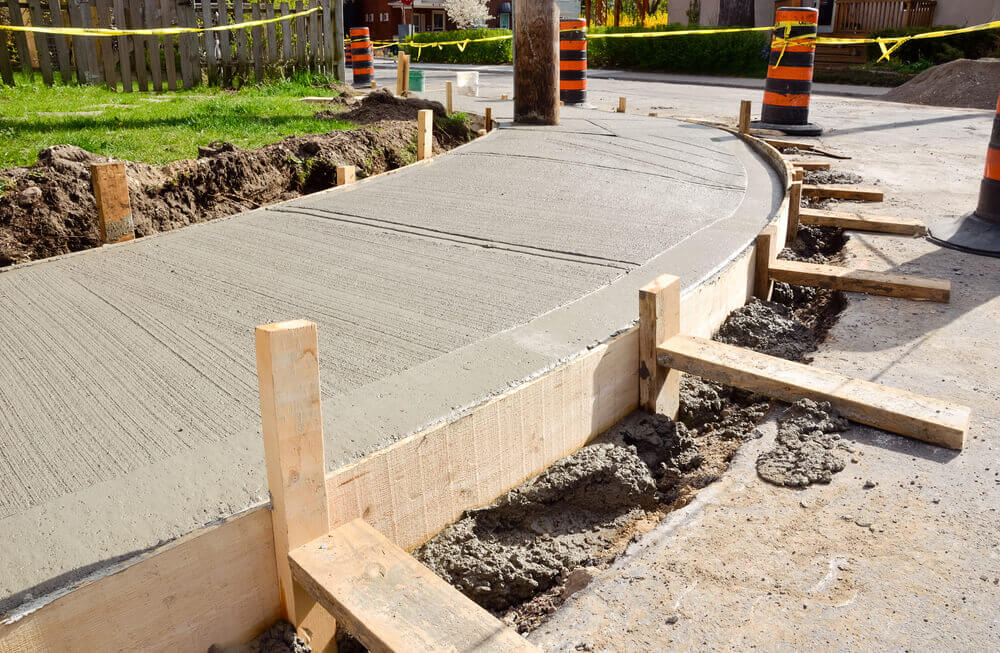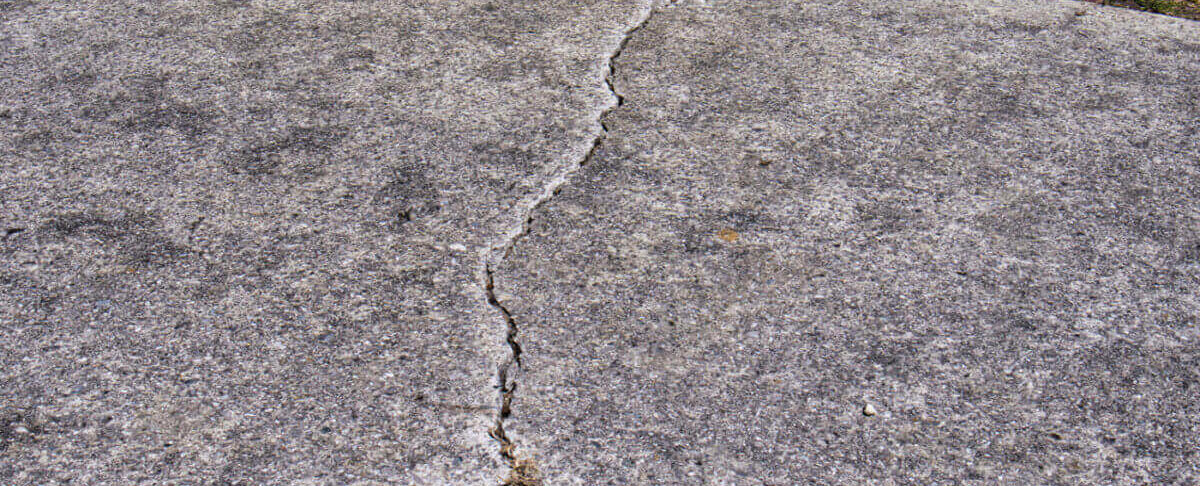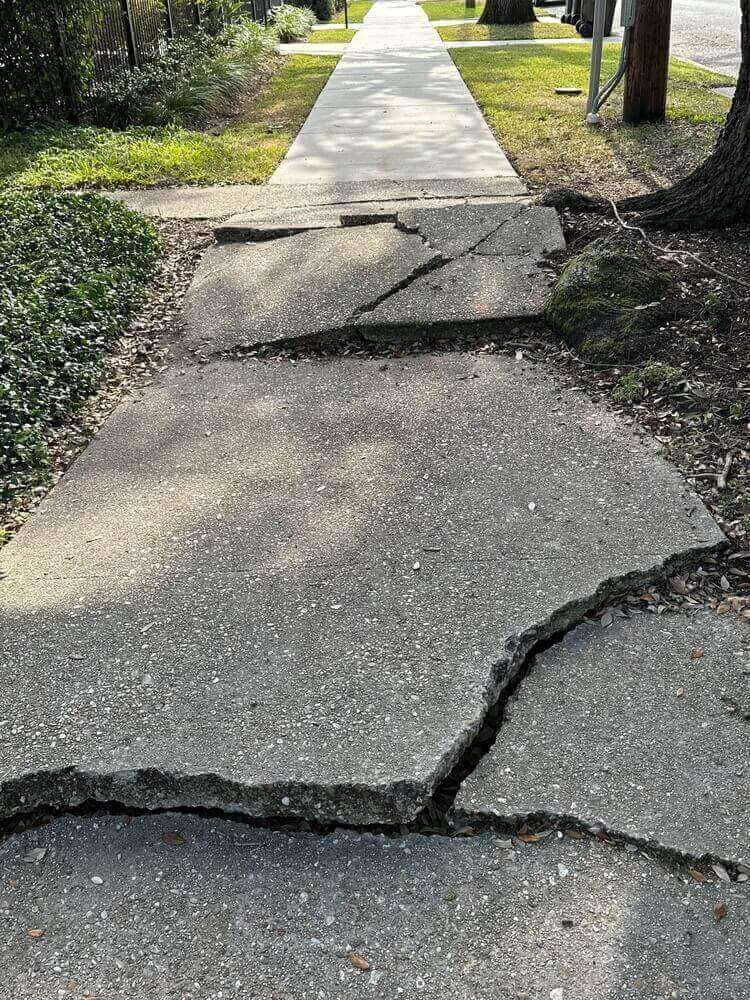Over time, concrete sidewalks can sink or settle due to various factors like soil erosion, poor drainage, or the natural settling of the ground. This can lead to uneven surfaces that are a hazard for pedestrians and can detract from the overall look of your property. This blog post explores the reasons behind concrete sidewalk settling and provides a detailed guide on effective lifting techniques.
Understanding the Causes of Sidewalk Settling
Soil Conditions
The primary culprit behind sinking sidewalks is the soil underneath. Certain types of soil, particularly clay or silt, are prone to expansion and contraction based on moisture levels. During wet seasons, these soils expand, and in dry seasons, they contract, causing instability under the concrete slabs.
Water Flow and Drainage Issues
Improper drainage can exacerbate soil instability. Water that does not properly drain away from sidewalk areas will seep into the soil, leading to significant shifts and settlement over time. Ensuring good drainage is crucial in maintaining the stability of the ground beneath the walkways.
Tree Roots
Another common issue is the growth of tree roots under the concrete, which can push up slabs or create voids when the roots decay or are removed. The voids left by roots can cause sections of the sidewalk to sink.
Techniques to Lift a Sunken Sidewalk
Mudjacking
Mudjacking, also known as slab jacking, is a popular method for lifting settled concrete slabs. This process involves drilling holes into the sunken slab and pumping a mixture of water, soil, sand, and cement beneath it. The pressure from the mixture raises the slab back to its original level. This method is effective, environmentally friendly, and cost-efficient.
Polyurethane Foam Injection
A more modern alternative to mudjacking is the use of polyurethane foam. This technique also involves injecting material under the slab but uses a high-density foam that expands and hardens, lifting the concrete. Polyurethane foam injection is less invasive and faster than mudjacking, with the area being ready for use almost immediately after treatment.
Replacing the Concrete
In cases where the concrete is extensively damaged or where lifting methods are not viable, replacing the sunken sections might be the best option. This involves breaking up and removing the old concrete, re-preparing the base, and pouring new concrete. While this method is more costly and labor-intensive, it provides a long-term solution to sidewalk issues.
Preventative Measures and Maintenance
Regular Inspections
Regularly inspect your sidewalks for early signs of damage such as cracks or unevenness. Early detection can prevent major repairs in the future.
Proper Drainage
Ensure that your property has adequate drainage solutions to prevent water accumulation near sidewalk areas. Consider installing drains or adjusting the landscape to direct water away from concrete surfaces.
Tree Management
Be mindful of the location of trees near sidewalks. Choose tree species with less aggressive root systems, or install root barriers to prevent roots from causing damage to the walkways.
Conclusion

Addressing the problem of a sunken sidewalk not only improves the appearance of your property but also enhances safety for all users. Whether you opt for mudjacking, foam injection, or complete replacement, taking the right steps to fix and maintain your sidewalks will ensure their longevity and functionality. Don’t wait for the damage to worsen—take action today to level your concrete surfaces and prevent future issues. If you need assistance or have questions, feel free to contact Richfield Concrete today as you embark on maintaining safe and appealing walkways.






